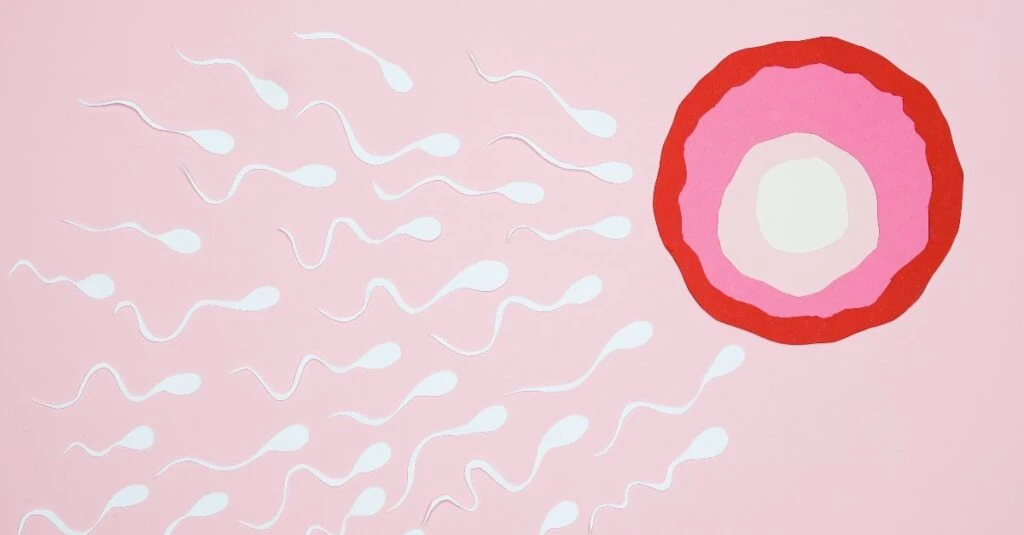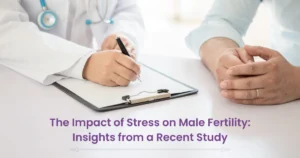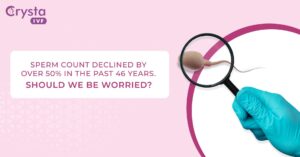More than half of the population around the globe is ignorant about Hyperspermia, but it does exist. Hyperspermia is a rare condition affecting men’s fertility. According to the survey, around 4% men population has experienced this disease. Though, there is no real or factual scientific research initiated on the condition.
Hyperspermia is not fatal or a deadly condition but it still has the ability to lessen the probability of achieving pregnancy. It is important to gain information on this topic so that any risks such as infertility can be avoided in the future. This write-up would help you learn more about the male reproductive health issue.
So, let’s begin…
What is Hyperspermia?
Hyperspermia is a reproductive organ-related health problem in males which involves ejaculation an unusual intense seminal fluid volume. The fluid is what a man ejaculates during the course of orgasm which is semen containing sperm and other fluids formed from the prostate gland. The normal range of semen fluid in science is around 2-5 ml but if there is an issue of Hyperspermia then it crosses the range of 5.5 ml.
Hyperspermia is a comparatively unusual condition than Hypospermia which is also a rare condition. In a study, it was found out that 5 to 10 per cent of men had a high volume of semen. There are symptoms that should be observed so that treatment is initiated on time.
What are the symptoms of Hyperspermia?
If you don’t want to risk your probability of becoming a parent, it is always best to initiate an early step towards the treatment of this condition. But the first step begins from noticing the symptoms that are here:
- The first main symptom is high sexual drive as the urge for sexual intercourse among the men is higher than normal.
- It becomes very difficult for the men to ejaculate because of the thick semen or concentrate when a male is experiencing the Hyperspermia health condition.
- Hyperspermia also causes the problem of delay in ejaculation as they find it difficult to stay because of thick semen.
- The colour of sperm also changes as it transforms into an off-white or yellow colour.
- A male with Hyperspermia also faces the issue of dizziness and fatigue.
- Breathing issues are also another symptom of this health condition as it gets difficult for men to breathe lightly after the ejaculation when facing the problem.
- Another symptom is penis stretchiness or it could be penis tightness while they are ejaculating.
- People suffering from Hyperspermia will also face the problem of thin semen presence.
- Impotence is also one major symptom of this health condition as they might find it complex to get an erection which also is considered male infertility.
Hyperspermia Causes
If you are unaware of the causes of Hyperspermia, then here is the information:
- Most of the time if the level of sperm is increasing it is because of the regular use of drugs to boost sexual performance.
- Another main reason is intervals during sexual intercourse as it causes the problem of sperm accumulation.
- If you are using sexual accelerators or pills, then this again is the main cause for Hyperspermia. The regular use of pills enhances the performance and levels of semen.
- There is another reason which is related to diet. If you are consuming a diet that is high in fibres, proteins, and nutrients then it boosts the seminal fluid volume in certain cases.
- According to the professionals, it is believed that if there is an infection in the prostate then it can lead to inducing this unusual condition among the males.
- If you are a regular user of steroids, then it can also cause the problem of Hyperspermia.
Is Hyperspermia a cause for infertility?
There are certain cases that lead to the problem of Hyperspermia and affect fertility. Some men have an extensive semen volume amount, having fewer sperm in the fluid they are ejaculating than normal. So, it leads to diluting the material and this dilution affects the male fertility adversely. Although, low sperm count doesn’t mean that the person is infertile. An individual with this condition still has the chance to have a baby. They can still expect to become parents because this condition doesn’t affect fertility when the sperm is high.
What is the diagnosis of Hyperspermia?
There are different methods used for diagnosing the Hyperspermia condition. Here are the tests:
- The first test includes a physical assessment for evaluating the male reproductive system.
- There is the initiation of three steps further which involves semen analysis, imaging, and hormonal tests.
When should you see a doctor?
You need to get in touch with the doctor in case you observe any of the above-discussed symptoms. It is also recommended that one must keep a check on sperm production and fertility time-to-time. The doctor will begin with the physical tests for your reproductive organ, then only you can proceed further for the particular tests needed for the tests to be confirmed.
When a doctor notices any unusual thing in the reproductive organ, then you are required to go for an imaging test like ultrasound. It is performed for understanding the issues more and the quality of sperm.
Treatment of Hyperspermia
Hyperthermia is a disease that most of the time doesn’t need treatment till it is causing any serious health issues associated with fertilization. But prevention is important, so it is suggested that one should ensure staying away from using the pills or drugs to increase sexual performance. If the seminal discharge is causing any issues, then it is always smart to get in touch with the urologist.
So, when Hyperspermia begins to cause infertility issues, then one should ensure access to treatment. Here are the treatments which can be used for treating Hyperspermia:
Medicines for sperm count
Clomid or Clomiphene citrate is the medicine recommended for treating the problem as it helps in enhancing sperm count. It is also known as the blocker of estrogen. It involves triggering the pituitary gland to produce more luteinizing hormone- LH, and follicle stimulation- FSH. FSH and LH have the efficiency of improving motility, morphology, and sperm count.
Related Blog: How To Increase Sperm Count? Tips And More Information
Sperm retrieval technique
Sperm retrieval techniques are used for getting sperm for fertility purposes. Many ways to get the sperm are there. This method is only used in certain situations such as identifying the reason for the patient’s requirement, the reason for low sperm count, and skills of the surgeon. Here are some of the techniques of sperm retrieval:
- Microsurgical Epididymal sperm aspiration (MESA)
- Electroejaculation (EEJ)
- Testicular sperm extraction (TESE)
- Percutaneous epididymal sperm aspiration (PESA)
- Penile vibratory stimulation (PVS)
- Microsurgical testicular sperm extraction (micro-TESE)
- Testicular sperm aspiration (TESA)
- TESA with Mapping
IVF or ICSI to achieve pregnancy
IVF or ICSI is another treatment that you can use for the treatment of Hyperspermia. It is also used to treat other problems which include malefactors such as sperm motility, sperm count, etc. It also is used to treat infertility among women that are premature ovarian failure, uterine fibroids, ovulation disorder, etc. ICSI or intracytoplasmic sperm injection is useful in Hyperspermia management.
Conclusion
Hyperspermia is a health condition in men related to their reproductive system affecting around four percent of men population in the country. It is recommended to stay away from steroids, boosting drugs or pills, and diet which can cause the problem of Hyperspermia. However, there aren’t any definite precautionary measures that can be considered. So, if you are experiencing this problem or it is causing infertility, then you must get in touch with the experts at the best IVF Centre in India like Crysta IVF. We have been in the business for quite a long time and has incorporated the best treatments for fertility such as IVF, ICSI, IUI, TESA, PESA, MESA etc. All you need to do is get in touch with us and we will take care of everything for you further.




